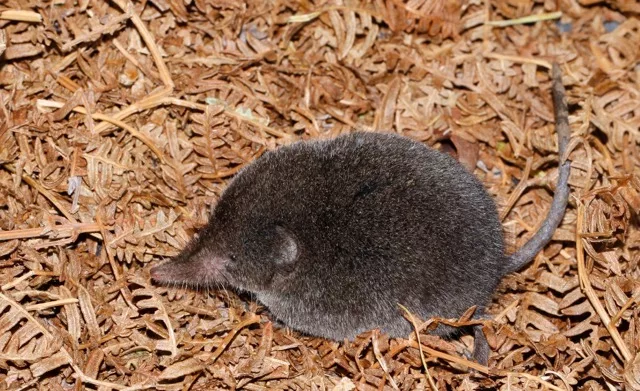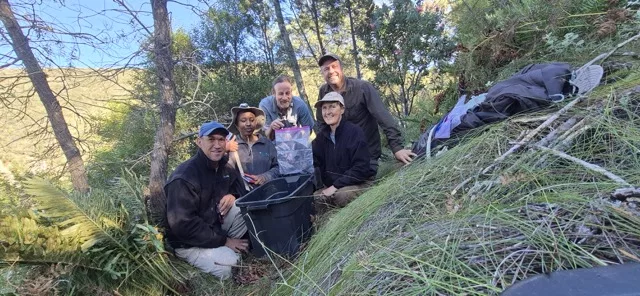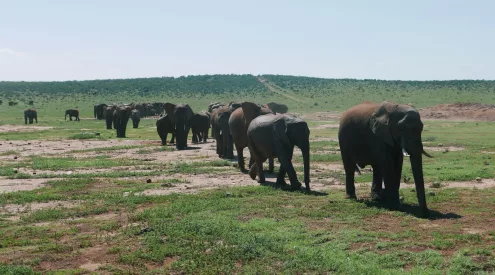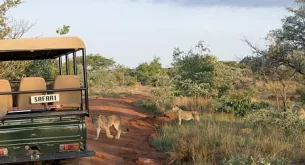
Image: Cliff and Suretha Dorse
One of the Western Cape’s most mysterious mammals, the Boosmansbos long-tailed forest shrew (Myosorex longicaudatus boosmani), has made a reappearance, 46 years after it was last recorded!
ALSO READ: 11 things you probably didn’t know about impalas
Conservationists from CapeNature, Grootvadersbosch Conservancy and Helihack, together with volunteer biologists, were ecstatic at finding one of these tiny mammals on the edge of a pristine forest patch on CapeNature’s Boosmansbos Wilderness Area.
First described in 1979 by scientist Nico Dippenaar, the shrew was recognised as a unique subspecies, geographically isolated from its relatives by the Gouritz Valley. Its limited known range, combined with forest habitat loss and climate change, led to it being listed as Critically Endangered on the IUCN Red List in 2016.
Armed with little more than Dippenaar’s original field notes and habitat descriptions, the team embarked on their fourth attempt in four years to find the shrew. Dippenaar, now retired, wished the group luck and fondly referred to the species as “a bit of a darling”. The survey took place from 3-6 May, with the shrew found on 4 May.

Image: Supplied
“At last, I can take this little shrew off my biological bucket list. It’s been a bit like a unicorn for me – a mythical creature that I thought I would never get a chance to see in real life,” said Dr Marienne de Villiers, CapeNature ecologist. “And it’s really comforting to know that at least part of its population, in a least some of its forest habitat, is well-protected.”
Previous attempts to catch the elusive shrew using standard rodent live traps had been unsuccessful, and it was hoped that the new method would be more rewarding. But getting all the necessary gear up to the remote wilderness area, with no vehicle access, was a challenge.
Fortunately for the team, Helihack came to the rescue. This initiative is focused on safeguarding the protected area from invasive alien pines, using helicopters to reach otherwise inaccessible areas.
In partnership with CapeNature, Helihack has already made huge strides in addressing this threat to the World Heritage Site. The team were airlifted to a wilderness campsite and then hiked down to set 76 pitfall traps across various habitats.
Each trap was prepared with bedding, shelter, and the occasional earthworm to ensure humane treatment. At first, the traps yielded nothing—but one of the final traps revealed a small mammal with a 6 cm tail, unmistakably the long-lost Boosmansbos long-tailed forest shrew.
Weighing just 13.7 grams, it was measured, photographed, and released unharmed into its forest habitat.
A genetic sample of the shrew will now be analysed to clarify its relationship to lower-altitude relatives, while further research is needed to better understand its life history, behavioural ecology, and the status of its only known population.
Intensive surveys of other forest patches may yet reveal more about its distribution.
But for now, it’s enough to celebrate that the special shrew of Boosmansbos is still alive and well!
Follow us on social media for more travel news, inspiration, and guides. You can also tag us to be featured.
TikTok | Instagram | Facebook | Twitter
ALSO READ: Elderly woman trampled to death by elephants in Kruger National Park

















